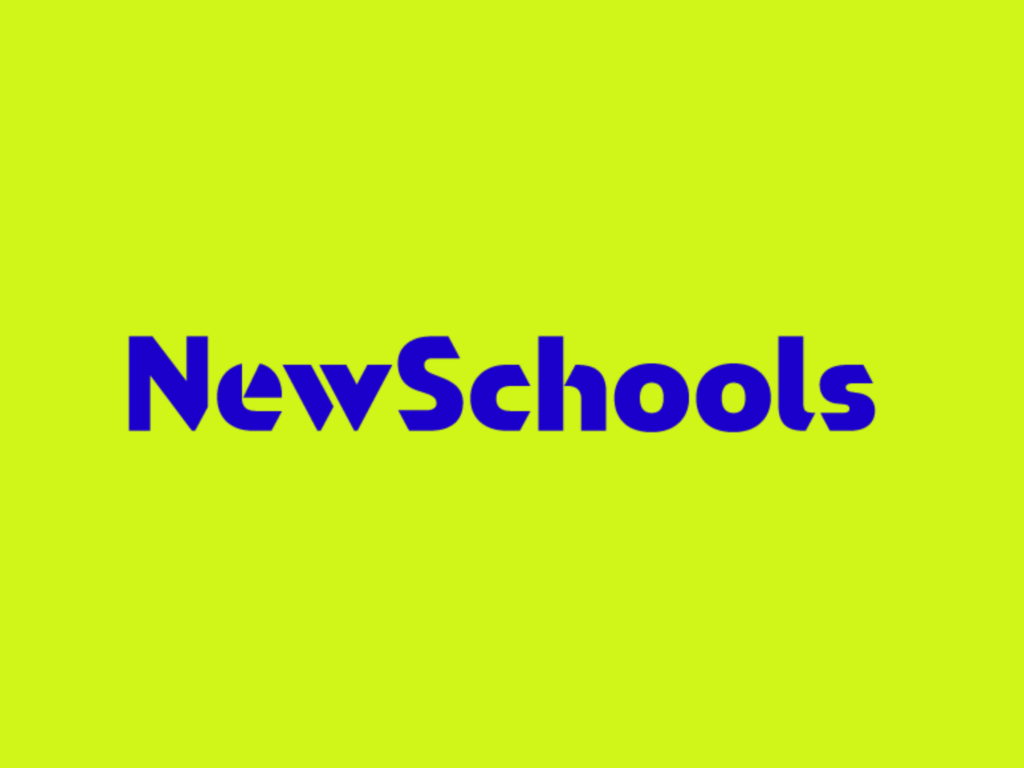This blog is also cross-posted on Medium.
 A day full of learning, sharing and networking closed with a lively panel on the future of work. Young entrepreneur Moziah “Mo” Bridges opened the session. This teen entrepreneur is the founder and CEO of Mo’s Bows. Sporting one of his fashionable bowties, he informed the Summit audience, “I am a fashion designer.” His designs have attracted the attention of the National Basketball Association, which asked him to be a fashion correspondent for the NBA draft. He has also been engaged to provide neckwear for every NBA team.
A day full of learning, sharing and networking closed with a lively panel on the future of work. Young entrepreneur Moziah “Mo” Bridges opened the session. This teen entrepreneur is the founder and CEO of Mo’s Bows. Sporting one of his fashionable bowties, he informed the Summit audience, “I am a fashion designer.” His designs have attracted the attention of the National Basketball Association, which asked him to be a fashion correspondent for the NBA draft. He has also been engaged to provide neckwear for every NBA team.
Says Bridges, “At 16, I’ve done a lot, but I’m just getting started.” He closed by encouraging Summit attendees to surround students with love and patience. “We are the future of work.”
Before kicking off the final panel, NewSchools CEO Stacey Childress joined Bridges on stage, wearing one of Mo’s Bows specially ordered to match her dress. She later moderated a panel with Michael Chiu, Partner at Mckinsey Global Institute; Nicole Isaac, Director of U.S. Public Policy and Government Affairs at LinkedIn; Byron Auguste, CEO and Co-Founder of Opportunity@Work; and Tess Posner, CEO of AI4ALL.
A McKinsey study predicts 40 percent of current jobs will be fundamentally changed. Michael Chiu, who authored this research on the future of work, assured attendees that a robot apocalypse is not coming to take all our jobs…but things will be different. “There are things we need to work on. But, it’s redeployment, rather than unemployment,” he explained. In theory, 50 percent of the tasks we currently do at work could be adapted using existing technology. In reality, we are still quite far from being able to even do this. And, given the labor shortfalls predicted in the coming decades, we might need them to help out. Some of us might even enjoy having a robot to take some tasks off our plates – NewSchools CEO Childress joked that she’d like to have a fundraising robot.
LinkedIn is preparing for the future of work by helping cities understand labor trends and workforce development challenges. Using the vast amount of data collected by LinkedIn on career opportunities, they are able to determine which skills are most in demand. They are also able to see migration patterns. For example, data might indicate a particular skill set is declining in one region, but growing in another. According to Isaac, LinkedIn is able to see 50,000 skills.
Byron Auguste and Tess Posner both explained how their companies are using technology to support job seekers. Auguste’s company, Opportunity@Work, uses software that makes it possible for people to show what they can do to potential employers. “We help companies by replacing the screening process. Candidates get feedback on what they’re missing, or what types of positions they might be more qualified to do, given their skills,” explained Auguste. The company also coordinates “talent equity training,” which allows employers to invest in a potential employee’s skill development. When the training is finished, the candidate has no debt and the employer can decide whether to move forward with offering a position. AI4All prepares people who are most likely to be affected by automation with support and training. The organization particularly targets low-income people.
After a spirited and engaging discussion with all the panelists, Childress closed out NewSchools Summit 2018.


